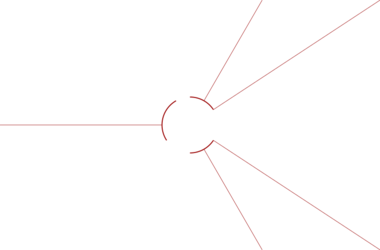Category:Isetta bubble-cars
The Isetta was a three-wheeler "bubble car" design created by Iso in Italy, and manufactured by a range of different car companies outside Italy, under licence. In the UK it was manufactured by BMW in Brighton, on the site of Brighton Locomotive Works from 1957-~1961.
The Brighton Connection
The UK production of the BMW Isetta 300 was based in Brighton from 1957 to the early 1960s, in a small car factory on the site of the old Brighton Locomotive Works, with the site being repurposed immediately that the Loco Works was closed, in the spring of 1957. All parts were brought in by rail, and the finished cars were sent out of the factory on the back of flatbed railway trucks. Although the stability of the original three-wheeler design had been somewhat improved by replacing the single back wheel with a close-set pair of wheels, the manufacturing for the British market ended up focusing on the three-wheeler version, as this could be driven in the UK without a full car licence.
The factory is supposed to have continued making Isetta cars until around ~1961, when production moved to Victoria Road, Portslade (where production of the engines continued until 1964). The Brighton Works factory is commemorated by a plaque and the naming of part of the subsequently redeveloped land as Isetta Square. The site was demolished in 1969 to make way for a car park.
Design
The Isetta used a motorcycle engine, and for extra stability the single rear wheel was often replaced with a parallel pair of back wheels very close together, which effectively acted as a single "fat" back wheel, and were driven as a single unit without needing any sophisticated (and expensive) differential gearing.
The entire front of the car opened (like a fridge door) to allow the driver and passenger to get in and out. This door included the steering column, and also opened slightly upwards, so that the weight of the front section helped to make sure that the car's front stayed firmly in place while driving. The "crazy" idea of having this heavy hinged front door was probably less alien to Iso thanks to their experience of manufacturing refrigerators.
If the Isetta was ever in a crash that resulted in the driver and passenger being unable to escape through the front door, the emergency escape route was through the canvas roof.
Iso
The Italian company Iso S.p.A. produced a number of product lines based around small industrial motors, initially refrigerators ("Iso" was an abbreviation of the company's original 1939 name, "Isothermos", meaning "equal temperature").
The company branched out into making small three-wheeler motorcycles and scooters, and three-wheeler miniature commercial vehicles reminiscent of the British electric-powered Scarab vans.
In 1953, the company produced its first private motorcar, the "Little Iso", or "Isetta". Sales of the little bubblecar boomed, and Iso decided that rather than attempt to manufacture enough cars to match demand themselves (and perhaps risk becoming over-extended if the early sales turned out to be a fluke), they'd subcontract Isetta production to other carmakers around the world, in France, Argentina, Brazil, Germany and the UK.
This provided owner Renzo Rivolta with the funds and free time to focus on the next project he dearly wanted to implement – the creation of the high-performance Iso Rivolta sports car.
The Isetta reborn
The Microlino EV is an electrically-powered "reinvention" of the basic Isetta design. The car is expected to go into production in 2018, with deliveries scheduled for 2019.
External links
Pages in category ‘Isetta bubble-cars’
The following 6 pages are in this category, out of 6 total.
B
- BMW Isetta bubble-car, bright red, LTR 145 (Spot-On 118)
- BMW Isetta bubble-car, dark blue, JPO 113 (Spot-On 118)
- BMW Isetta bubble-car, dark red, LXQ 216 (Spot-On 118)
- BMW Isetta bubble-car, green, JPO 113 (Spot-On 118)
- BMW Isetta bubble-car, light mauve (Spot-On 118)
- BMW Isetta bubble-car, yellow, CMO 118 (Spot-On 118)
Media in category ‘Isetta bubble-cars’
This category contains only the following file.
- BMW Isetta, Spot-On Models 118 (SpotOn 1959).jpg 1,271 × 969; 342 KB




